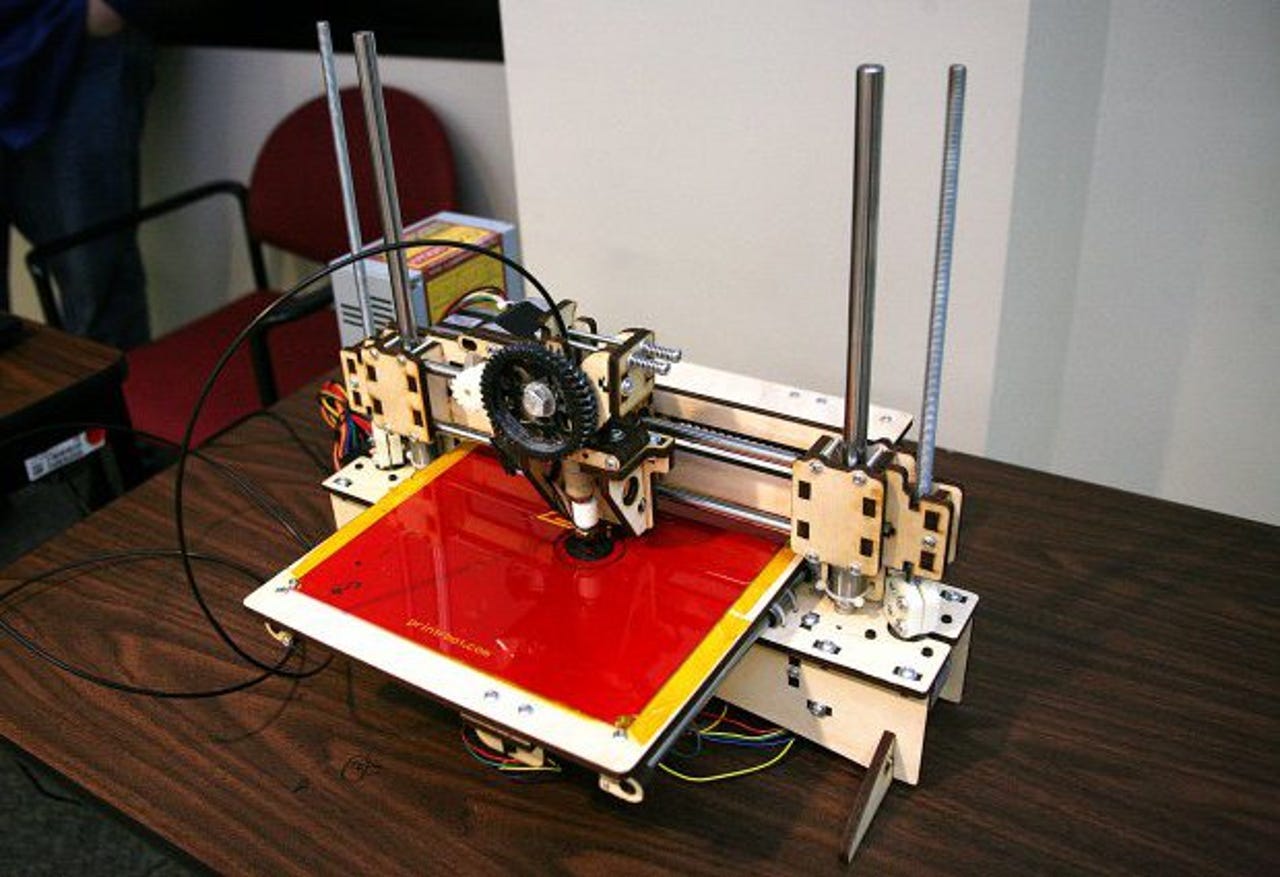US military working on backpack-sized, £440 3D printer

The US military has developed a cheap 3D printer that it says could make it easier to print spare parts for soldiers in the battlefield.
The country's armed forces already have a 3D printing lab in action in Southern Afghanistan, but that setup uses a shipping container. The newer printer can fit in a backpack and also costs just $695 (£440), according to the US Army.

"The ability to replicate parts quickly and cheaply is a huge benefit to the warfighter," D. Shannon Berry, a US military operations research analyst, said in a statement on Wednesday. "Instead of needing a massive manufacturing logistics chain, a device that generates replacement parts is now small and light enough to be easily carried in a backpack or on a truck."
The low cost of the new 3D printer — MakerBot's Replicator 2, by contrast, costs $2,200 — comes from the fact that the plastic and wooden parts can themselves be easily replicated. Indeed, like the RepRap, it can make its own parts.
Berry said the US military had gained a lot of experience with the concept while trying to make cheap parts for the "small airborne platforms" that it uses to test sensors for use in space.
"Parts for these systems break frequently, and many of them are produced overseas, so there's a long lead time for replacement parts. The concept was that a 3D printer could replicate those parts with less overhead in terms of time and money," Berry explained.
The analyst also suggested that there may be commercial applications for the design, but it is not ready to make it into every home just yet, "considering the calibration and attention to detail needed to operate it".